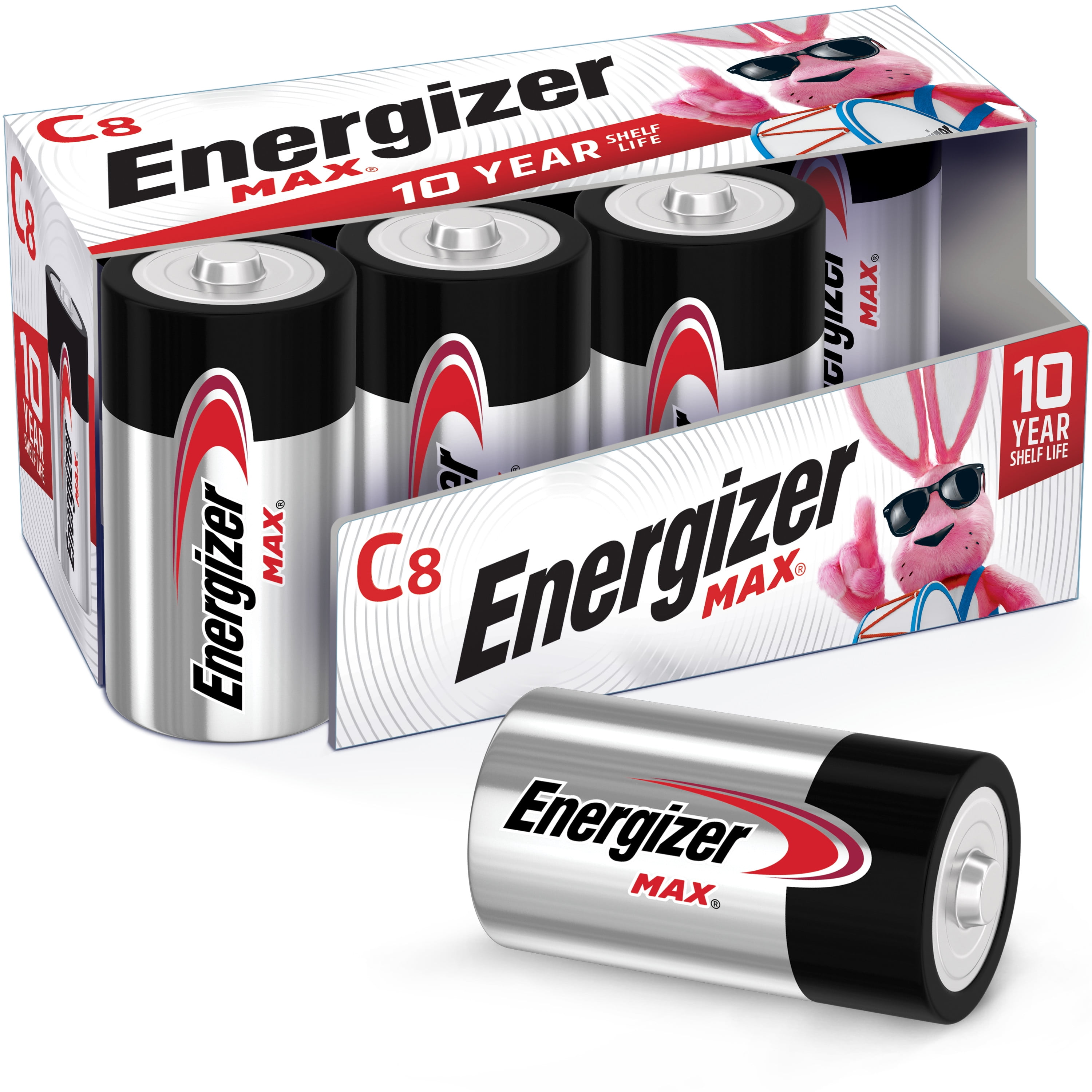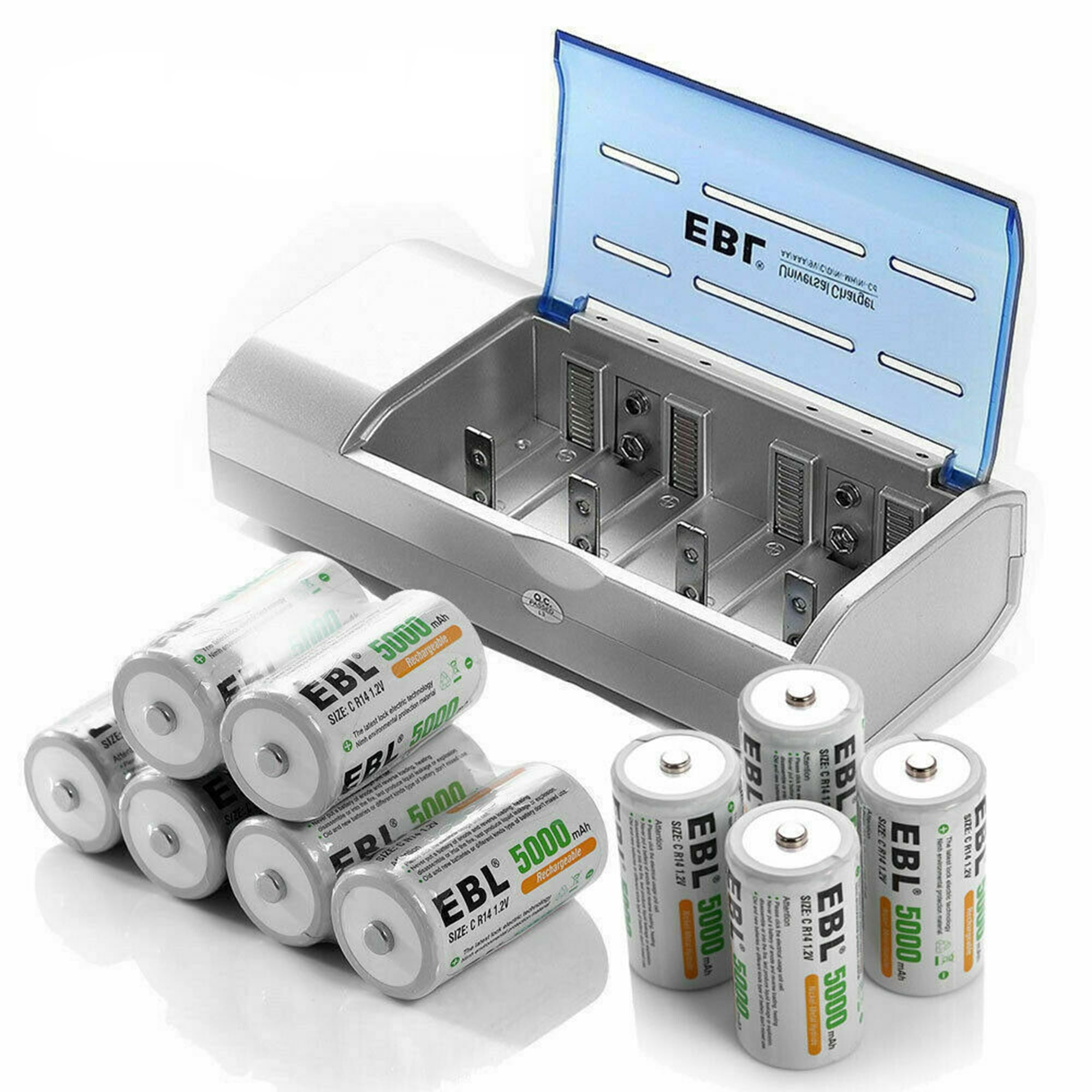

The union representing roughly 500 ushers, groundskeepers, security officers and other workers at Dodger Stadium have a message for the ball club: meet their contract demands this month or they’ll go on strike. Note: Some of the sites we link to may limit the number of stories you can access without subscribing. Or maybe ignorance was beach-going bliss?Īnd now, here’s what’s happening across California: Knowing how often sharks are swimming around us and almost always not bothering us may put your fear of the fin at ease. Of course, you might take these findings differently. Of those 209 documented encounters, 81 did not cause any injury, 113 caused a nonfatal injury and 15 were fatal. “Incidents” are broadly defined as anytime a shark makes contact with a person or their surfboard, kayak or other equipment. In more than 70 years of reporting - 1950 to November 2022 - there were 209 documented “shark incidents” in California, per the state Department of Fish and Wildlife. In 2017 alone, 17 people drowned in California’s coastal waters, according to the National Weather Service.

Statistically, it’s much more likely the ocean itself will kill you than the sharks swimming in it. Shark bites are incredibly rare in the state and around the world. Researchers have hypothesized that great white sharks have started to identify humans as a nonedible presence in SoCal waters. No shark bites were reported at any of the beaches researchers observed during the two-year study. “It was assumed that sharks are miles out, but you could be wading and then have a shark swim right next to you.”ĭespite that frequent proximity, great whites have been sticking to their usual diet.

Both the cells deliver reasonably high initial discharge capacities with a cyclability of 200 and 620 cycles for cubic InSe and hexagonal In 2Se 3 respectively with ∼100% coulombic efficiency.“They come up within like 10 feet of people, and that’s happening daily,” Patrick Rex, a lab technician with the Shark lab, told Christian. The pristine InSe and In 2Se 3 nanostructures have been employed as anode materials in lithium-ion batteries (LIBs). The crystal structure, phase purity, composition, morphology and band gap of the nanomaterials were thoroughly evaluated by pXRD, energy dispersive X-ray spectroscopy (EDS), electron microscopy (SEM and TEM), and diffuse reflectance spectroscopy (DRS), respectively. This study reports a controlled synthetic route to nanometric cubic InSe and hexagonal In 2Se 3 materials through proper choice of coordinating solvents from a structurally characterized air and moisture stable single source molecular precursor: tris(4,6-dimethyl-2-pyrimidylselenolato)indium( III). While the development of indium selenide-based batteries is still in its embryonic stage, a simple and easily scalable synthetic pathway to access these materials is highly desirable for energy storage applications. Additionally, they are also being projected as next generation battery anodes with high theoretical lithium-ion storage capacities. Indium selenides (InSe and In 2Se 3) have earned a special place among the 2D layered metal chalcogenides owing to their nontoxic nature and favourable carrier mobility.


 0 kommentar(er)
0 kommentar(er)
